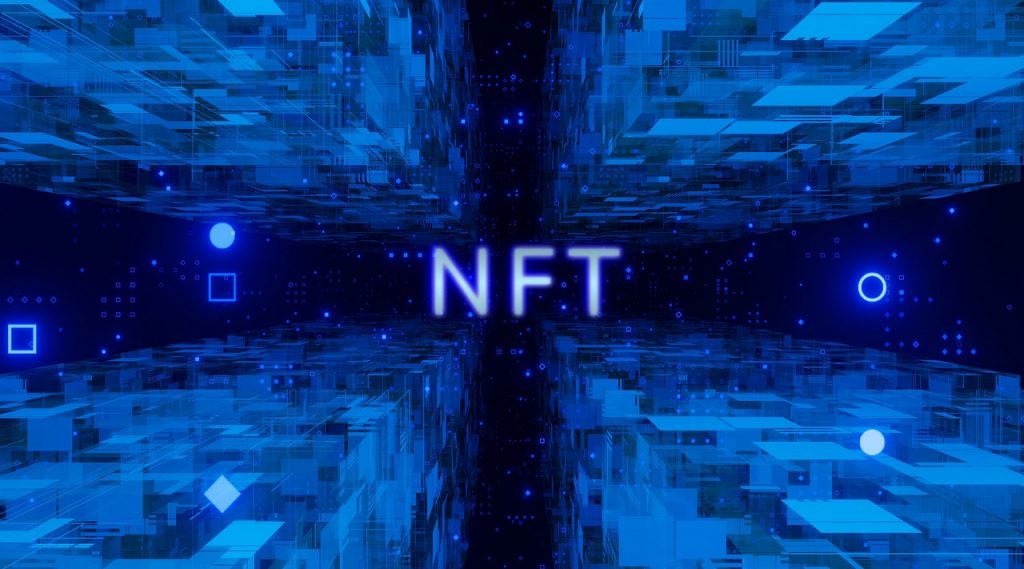Exploring the World of Digital Art with Non-Fungible Tokens
As technology continues to make advancements in the digital space, there are numerous opportunities for artists to explore new forms of creativity. One such advancement is blockchain nfts, which have opened up a world of possibilities for digital art. NFTs non-fungible tokens are digital assets that are verified on a blockchain, essentially a digital ledger that records the transactions of these unique assets. Unlike cryptocurrencies such as Bitcoin, NFTs cannot be exchanged for one another as each asset has its own distinct value. Blockchain nfts have immense potential for artists as they provide a secure and immutable way to verify the creator of a digital asset. This is a game changer in the world of digital art as it means that the ownership and authenticity of a piece can be verified on the blockchain, which is a permanent and tamper-proof record. With blockchain nfts, artists can also receive more control over their creations. The blockchain can record who owns the piece, the terms under which it can be displayed or used, and even the percentage of ownership and profits from any resale of the asset. One example of the success of blockchain nfts in the art world is the recent sale of an NFT artwork by the digital artist Beeple for a staggering $69 million dollars. The artwork, which was a digital collage of 5, 000 individual images, was sold as an NFT on the Christie’s auction house platform. Another exciting development in the world of blockchain nfts is the ability for fans and collectors to financially support their favorite artists directly. For example, an artist can create a limited edition NFT series and offer it for sale to fans. The fans can then purchase the NFT which grants them a unique ownership of the artwork provided by the blockchain. This not only supports the artist but also allows for a closer relationship between the fans and the creator. Fans can have access to limited edition artwork and receive exclusive benefits, while the artist receives support and recognition for their work. Blockchain nfts also offer the potential for greater inclusivity in the art world. They provide an opportunity for artists who may have been overlooked by traditional art institutions to have their work recognized and valued on a global platform. This is because blockchain nfts prove ownership of digital content, making them a valuable asset that can be traded and sold through digital mediums. However, while blockchain nfts may seem like a promising avenue for artists, there are also concerns about the environmental impact of digital art. The process of verifying NFTs requires huge amounts of energy to run the blockchain, which can have a significant carbon footprint. There is also the question of accessibility as not everyone has access to the internet or the required technology for purchasing and displaying blockchain nfts. This issue can limit the inclusivity and growth potential of blockchain nfts in the art world. Blockchain nfts offer a promising new avenue for artists to explore their creativity and connect with fans and collectors. They provide a secure and verifiable way for ownership and authenticity of digital artwork to be established. It is an exciting time for the art world, but concerns around environmental impact and accessibility must be addressed as well. With proper regulation and innovation, blockchain nfts have the potential to transform the way we value and consume digital art.










